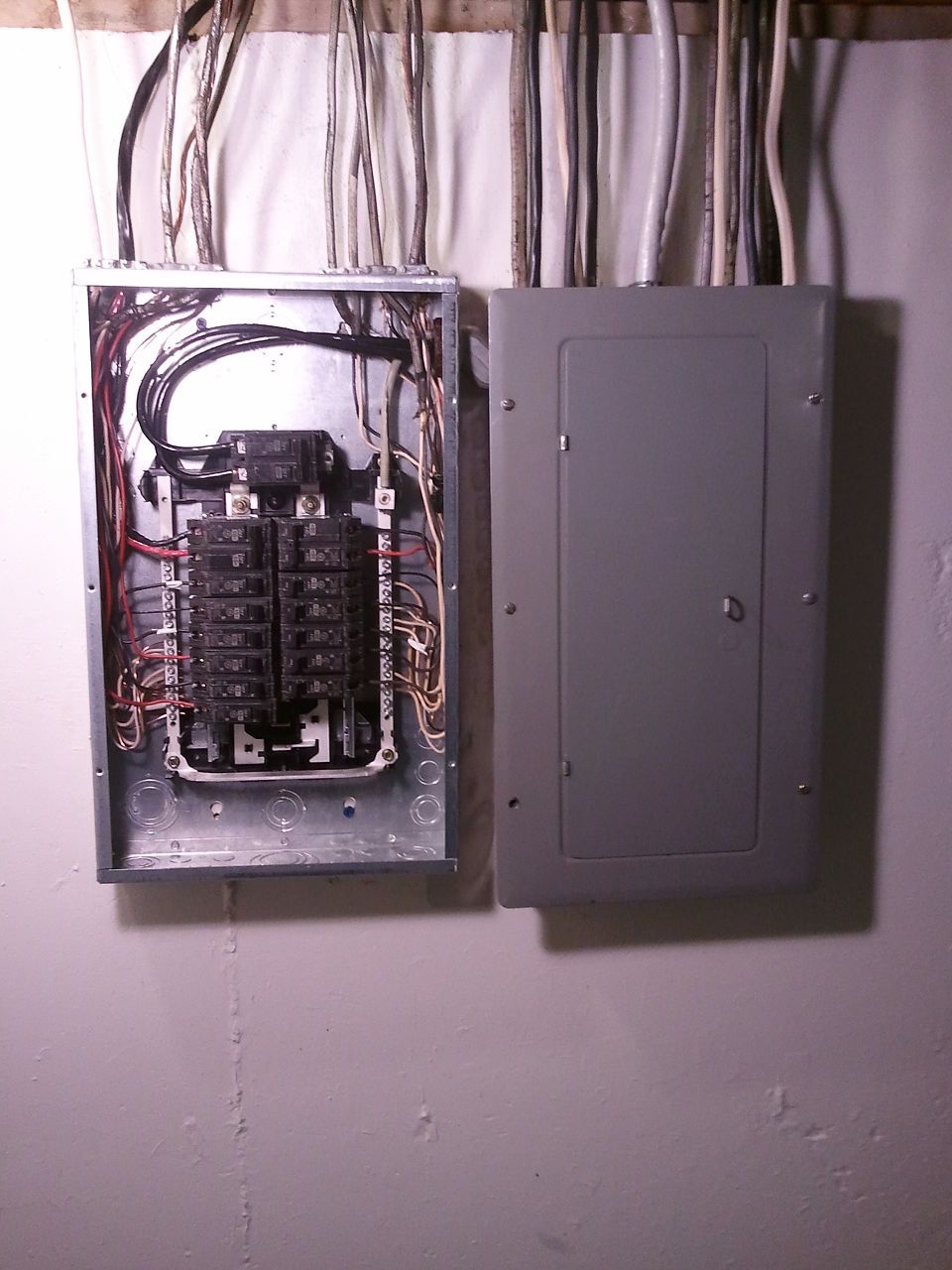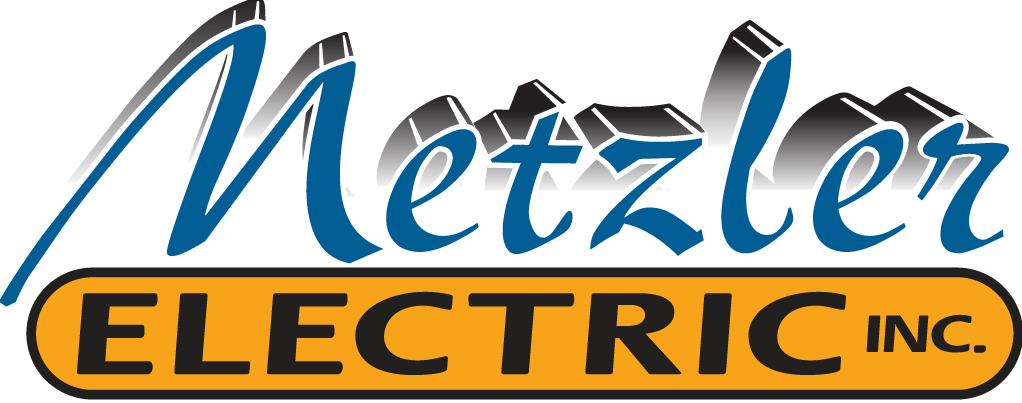Installing an Electrical Subpanel, Can I Do It Myself?
An electrical subpanel offers several practical, safety and organizational benefits to your household or business location, including:
 Expands Circuit Capacity: If your main panel is full or near capacity, a subpanel gives you room to add more circuits—essential for home additions, garages, workshops, or large appliances.
Expands Circuit Capacity: If your main panel is full or near capacity, a subpanel gives you room to add more circuits—essential for home additions, garages, workshops, or large appliances.
Improves Organization: Subpanels localize control of circuits in different areas (e.g., basement, outbuilding), making it easier to troubleshoot, label, and manage specific zones without going to the main panel.
Reduces Wire Runs: For distant parts of a property, a subpanel minimizes long wire runs from the main panel, saving on material and labor costs and reducing voltage drop.
Enhances Safety: By offloading circuits from the main panel, it reduces the risk of overloading. Plus, local circuit breakers allow for quicker response in emergencies or maintenance.
Supports Future Upgrades: Installing a subpanel now gives you flexibility for future needs like EV chargers, solar systems, hot tubs, or home offices without a full panel replacement.
Required for Detached Structures: If you have a detached garage, shed, or guesthouse, code usually requires a subpanel for proper grounding and separation from the main system.
Having a Certified Electrician Install a Subpanel
While it can be done DIY (do it yourself), it is highly recommended that you have a certified electrician to do the work for several reasons:
Safety:
Electrical work, especially involving subpanels, can be dangerous due to the risk of shock, fire, or arc faults. Certified electricians are trained to handle these risks and follow strict safety protocols.
Code Compliance:
Electrical installations must meet local and national codes (like the NEC in the U.S.). A certified electrician ensures that the work complies with all relevant electrical codes, which is essential for legal and insurance purposes.
Proper Load Balancing:
Subpanels must be properly sized and balanced to handle the electrical load. An electrician calculates the load to prevent overloading circuits, which can cause overheating and fires.
Correct Grounding and Bonding:
Improper grounding or bonding can lead to dangerous electrical faults. Electricians ensure grounding systems are correctly installed to protect people and equipment.
Permit and Inspection Requirements:
Most jurisdictions require a permit and inspection for subpanel installations. A certified electrician can pull the appropriate permits and ensure the work passes inspection.
Avoiding Costly Mistakes:
Errors in wiring or panel configuration can be expensive to fix and may damage appliances or other systems in your home.
Installing an Electrical Subpanel
The checklist of steps that a professional, certified electrician in the evaluation, preparation and installation of an electrical subpanel generally include:
Pre-Installation Planning
- Assess the need for a subpanel (e.g., home addition, garage, workshop).
- Calculate the load requirements for the subpanel (amps needed).
- Select the proper panel size (usually 60A, 100A, or 125A depending on load).
- Choose a location that’s accessible, dry, and meets clearance requirements.
- Verify main panel capacity can support the subpanel.
Permits and Codes
- Check local electrical codes and NEC compliance.
- Obtain necessary permits from the local building authority.
- Plan for inspection after installation.
Installation Steps
- Turn off main power at the main service panel.
- Install the subpanel enclosure securely at the chosen location.
- Run feeder cable (appropriately sized wire, typically 4-wire: 2 hots, 1 neutral, 1 ground) from the main panel to the subpanel.
- Install a feeder breaker in the main panel to supply the subpanel.
- Connect feeder wires to the subpanel: hot wires to main lugs or breaker, neutral to the isolated neutral bus, and ground to the ground bus.
- Bonding and grounding: Ensure neutral and ground are not bonded in the subpanel (they are only bonded at the main panel).
- Install grounding electrode (ground rods) if required for detached structures.
- Label circuits and breakers clearly.
Post-Installation
- Double-check all connections and torque them properly.
- Restore power and test each circuit.
- Schedule and pass inspection.
It is generally recommended that you DON’T install an electrical subpanel by yourself. There are so many technical, expertise and safety issues to deal with successfully.
Give Metzler Electric a call today to get a free estimate of your household, business, or industrial electrical needs.
